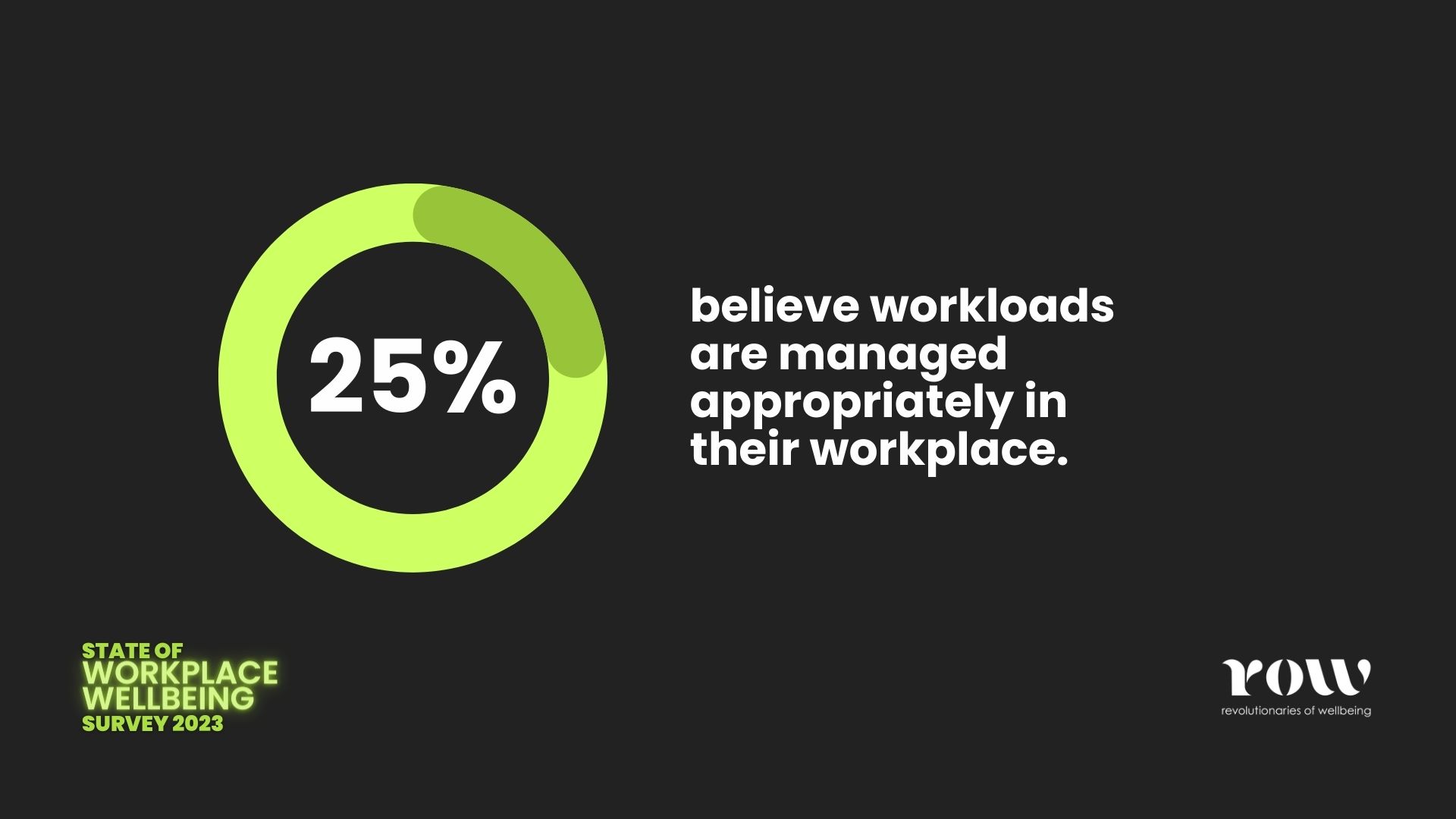Workload is a really tricky one when it comes to wellbeing. We know the impact that it has on wellbeing; it’s recognised as one of the most common drivers of burnout, and was recognised in our own State of Workplace Wellbeing Survey as the most common barrier to employee wellbeing.
The survey also showed that only a quarter of businesses believe that workloads are managed appropriately in their workplace.
Want to read more?
Sign in below if you're a Revolutionary (member).
Not a member yet?
Join in seconds! Just $10/month (+ any tax).
Cancel anytime.
Be a revolutionary and join now











